
Sunderland Corporation Leyland Lion Bus No.2
One of the aspirations of the current transport strategy at Beamish, is a focus on increasing the use and display of regionally appropriate vehicles wherever possible. We shall see the arrival of the K class locomotive in 2025 as an example of this, and the recent acquisition of the Northern Echo Fordson van is another. Some years ago a conversation began that has now culminated in the arrival of the latest addition to the collection, and one which will surely create a great deal of interest. The arrival is a Sunderland Corporation Leyland Lion LT1, a very handsome bus dating from 1929, and which was latterly used on Jersey, which ensured it survived long enough to be rescued by one of the bus preservation pioneers, Michael Plunkett.
The Leyland Lion first appeared in 1925 and marked a significant step-change in bus design – moving from what were essentially adapted goods vehicle chassis, to a design that was tailored to accommodate passenger bodies, most notably by the lowering of the main chassis rails to achieve a lower floor (with the distinctive upward sweep of the chassis over the rear axle and underneath the engine). The first Lions were designated LSC (with the prefix ‘P’ to denote their passenger-use intent) and were in production from 1925 to 1929. The type was enormously successful and with some 3000 examples built, the evolution began, which saw the introduction of the LT1 range (fitted with four-cylinder petrol engine and intended for stage work). Production lasted from 1929 to 1933, evolving to include LT2, LT3 and LT4 variants.
Sunderland Corporation, whose extensive and well-regarded tramway system was established by an act of parliament in 1899, added powers to operate motor buses in 1927. The first buses to operate under these powers commenced work in February 1928. These vehicles were hired from the Northern General Transport Company (as were their crews) and the first route served the docks. The first buses purchased by SCT arrived in 1929, and were a batch of 12 Leyland Lion LT1s with Leyland front-entrance 32-seat bodies, of which No.2 was the second in the fleet. 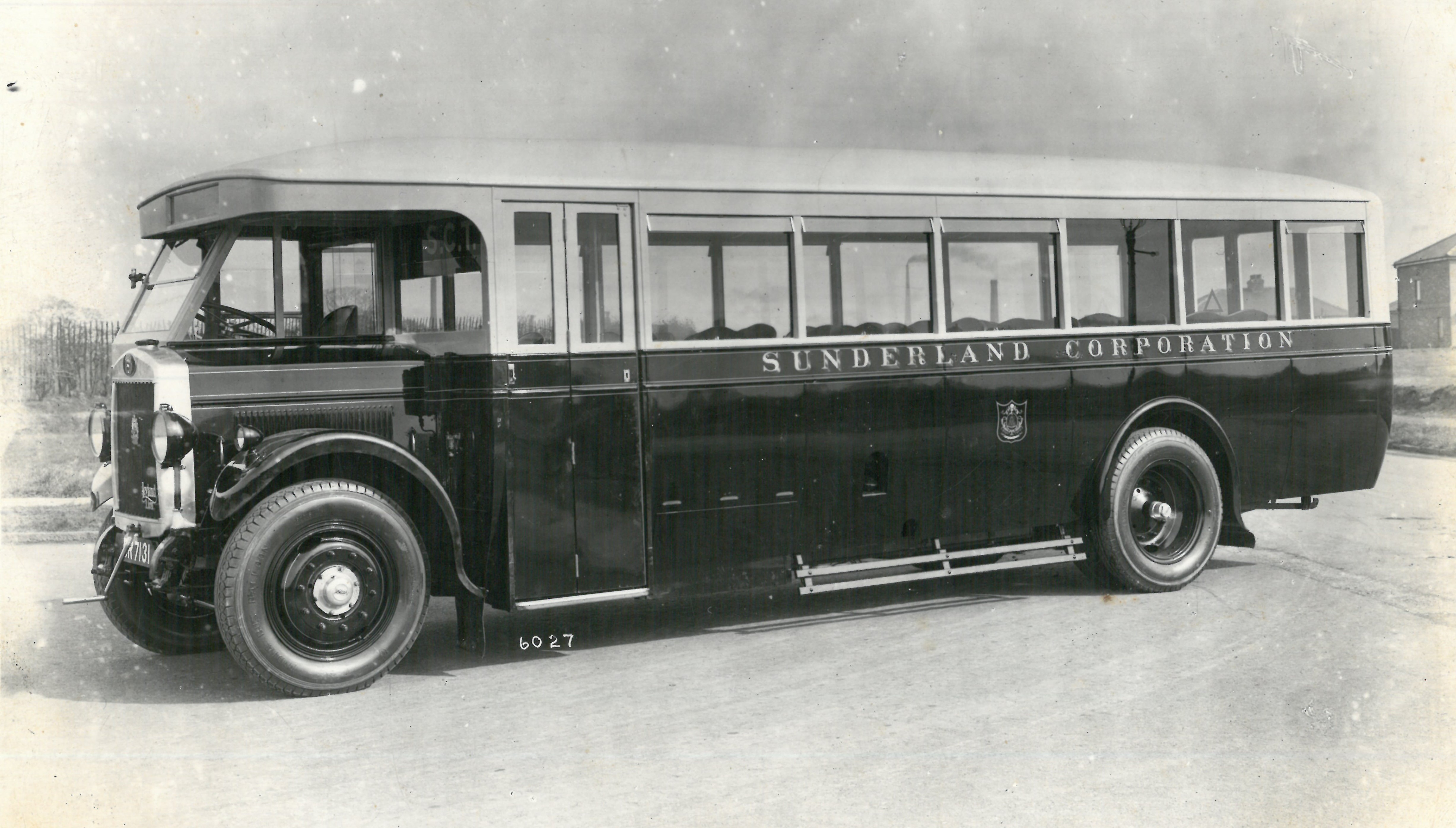
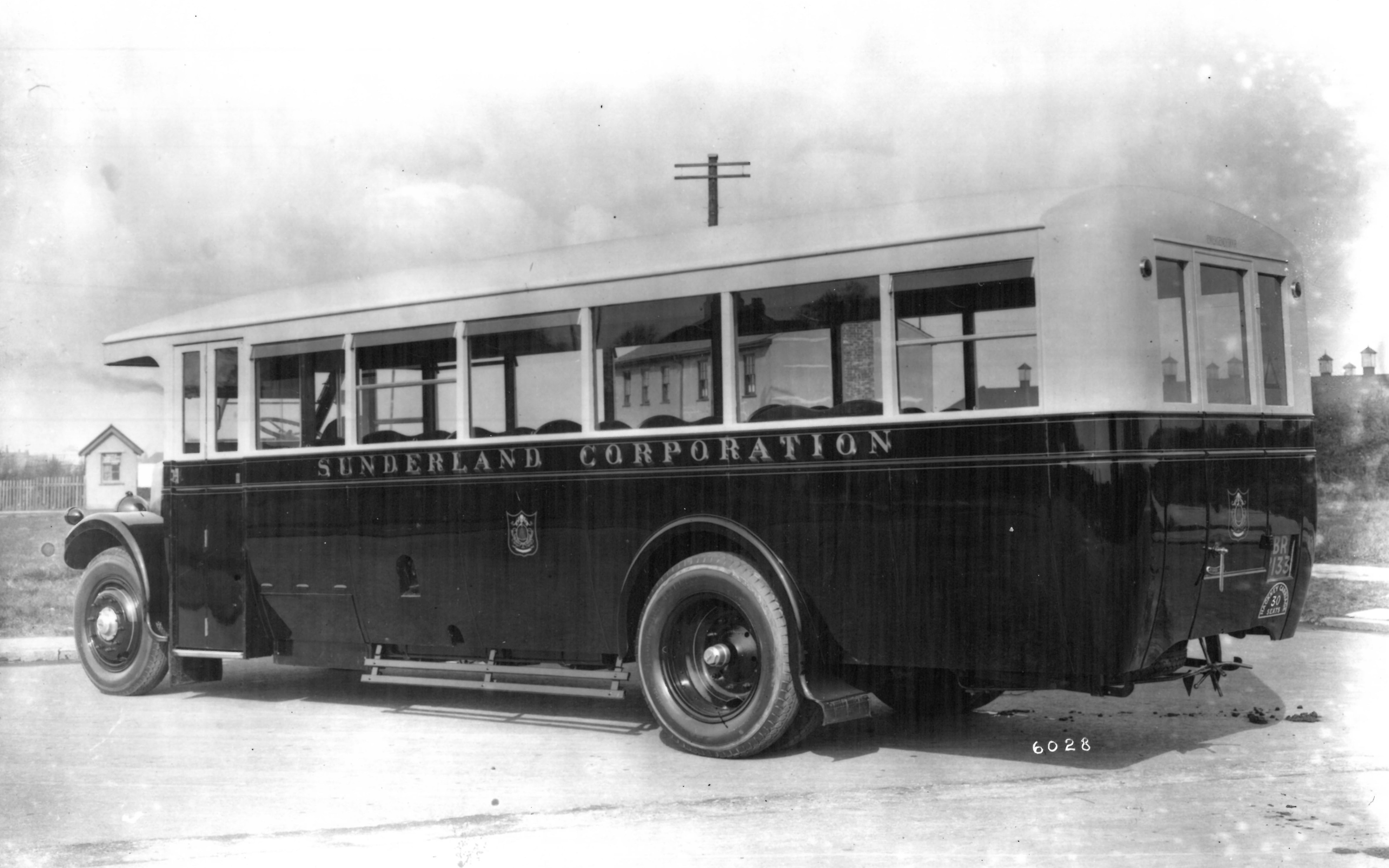
Archive photos above courtesy of Mike Sutcliffe
No.2 was sold in 1934 to a Hull dealer, who exported it to Jersey for service with Tantivy Motors (where it was re-registered J 9008). It is reputed to have been one of only four buses still licenced for operation at the end of the German occupation (as petrol supplies became scarce), and was also subject to some modernisation including an increase of its seating capacity from 30 to 35. In 1949 it was purchased by Jersey Motor Transport, becoming No.49 in their fleet.
No.2’s working life finished in 1959 when it was withdrawn, and purchased for preservation by Michael. He brought it back to the UK and set about restoring it to its original Sunderland specification, a process that took several years. It became a familiar vehicle on the rally scene in the 1960s and was also driven back to the north east on two occasions to take part in anniversary celebrations of the transport departments in both Sunderland and Newcastle-upon-Tyne. Latterly based at Amberley Chalk Pits Museum in West Sussex, in the ownership of the Southdown Omnibus Trust, it has now been transferred to Beamish, beginning its third journey north on January 10th 2023.
Below: Some photos of No.2 at Amberley, including a view of the interior, which at present is not in original guise and reflects the evolution across the working life and preservation era of this bus.
We are extremely grateful to Michael Plunkett, the Southdown Omnibus Trust and Richard Hussey who facilitated the transfer of the bus, with Richard assisting in bringing all of the parties together and carrying out some work on the bus to enable it to take part in its last running day at Amberley last September and to arrive at Beamish in running condition.
Below: Two views, taken by Peter Edgeler of the Southdown Omnibus Trust, showing No.2 being loaded (in reverse – as some starting issues meant it would be easier for us to unload it at Beamish this way around) at Amberley. I’m not sure how many years it was resident at Amberley for (if anyone can let me know, that would be great), but it now makes its latest journey north, this time to reside once again.
Below: On Wednesday 11th January, the bus arrived at Beamish, after an overnight stay on its journey north from Amberley.
Below: The Lion was unloaded onto the bus depot apron and then pushed back into the depot to dry out.
Below: Northern SOS 338, representing the big company bus fleet, alongside Sunderland 2, representing a corporation vehicle, both dating from the 1920s.
Whilst the Lion is drivable, it will not enter service at Beamish for a while, until some mechanical, electrical and body repairs has been carried out. Our aim is to keep it in its un-restored condition as far as is possible, but still ensure it is safe and reliable for use. There are also aspirations to restore the interior to as-built specification. We hope to pose 2 with fellow Sunderland bus 13, that is with us still, and Sunderland Tram No.16 at some point, and it will be on display in the bus depot for visitors to view, as seen above.


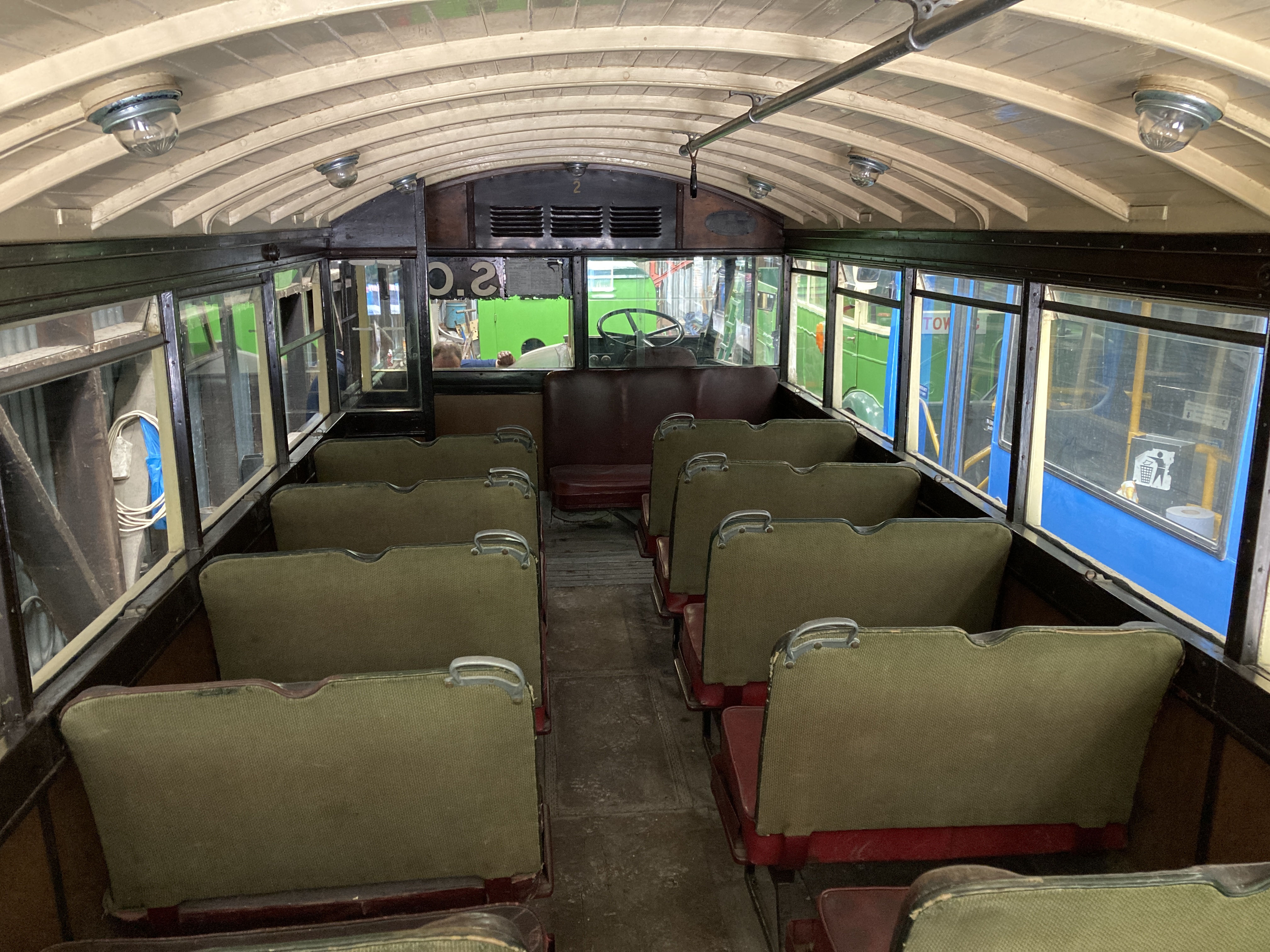

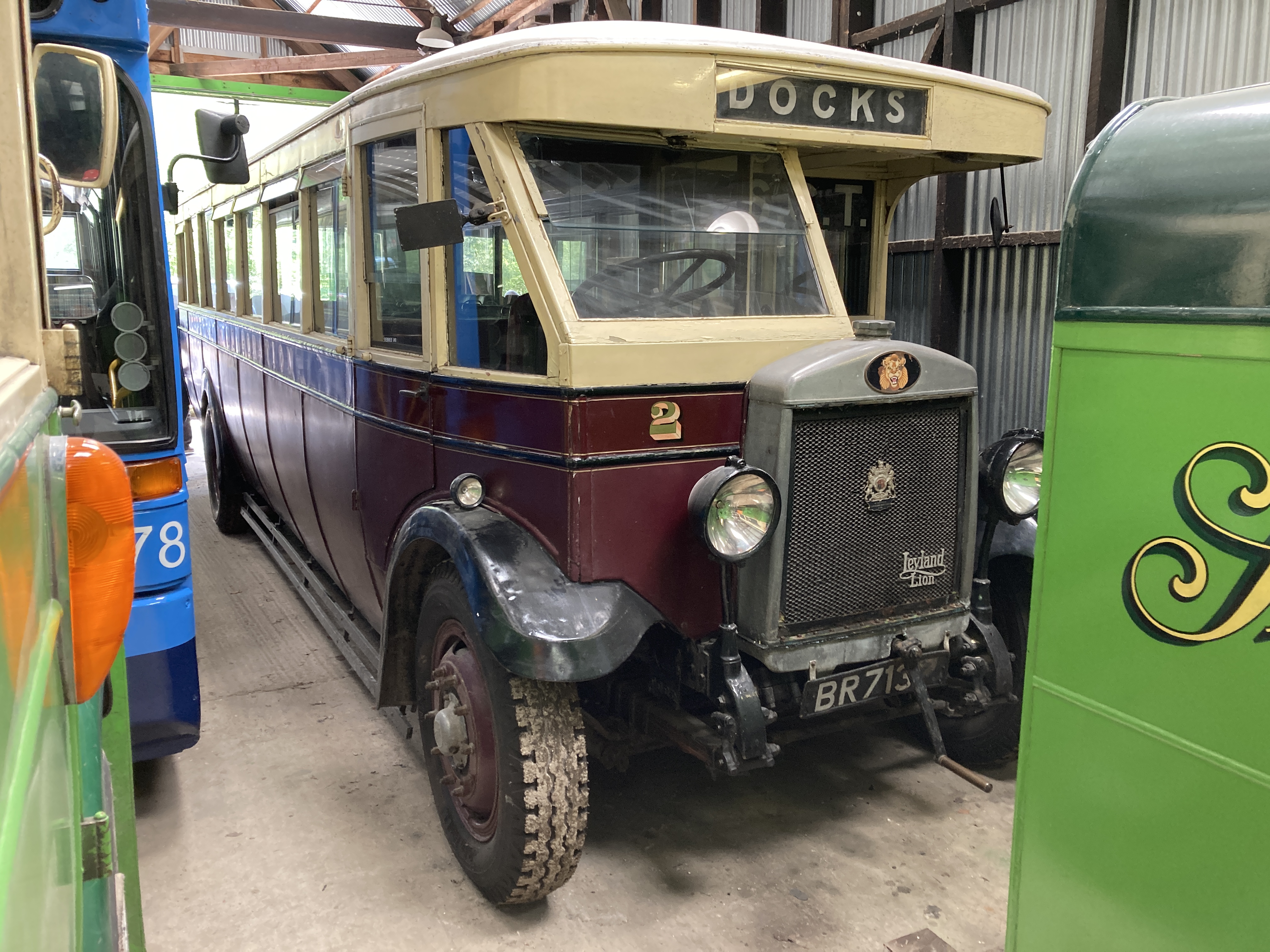


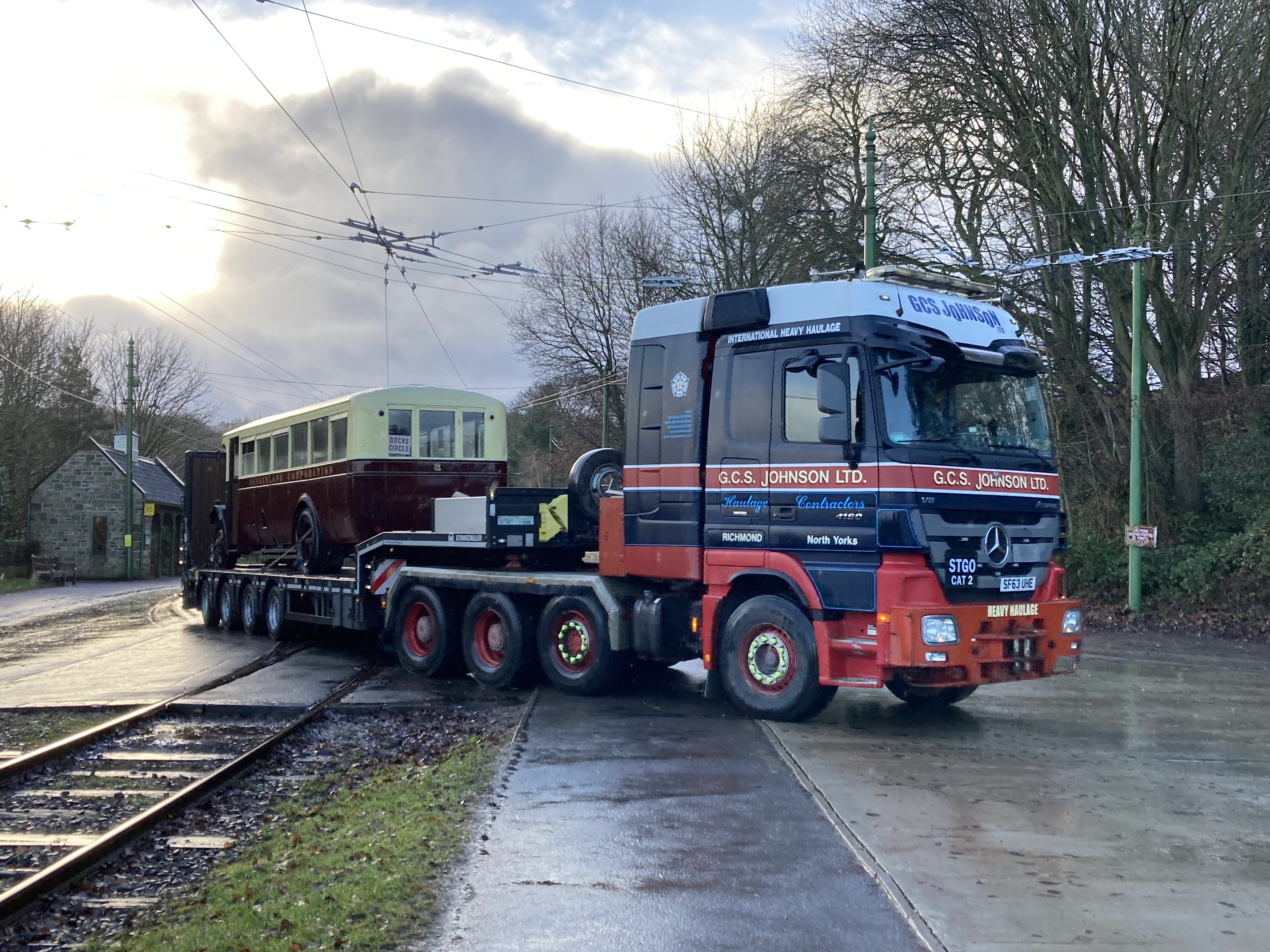
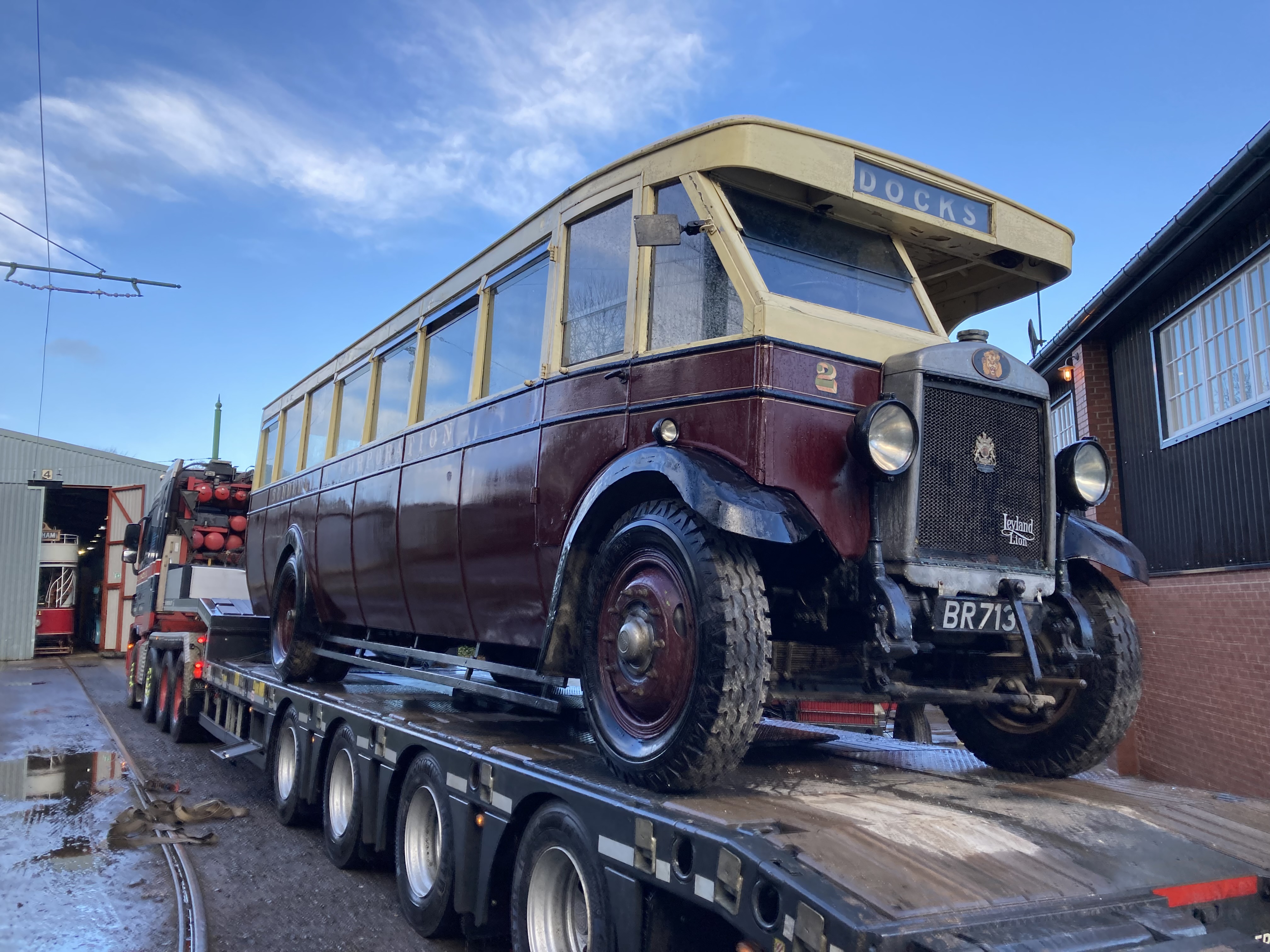

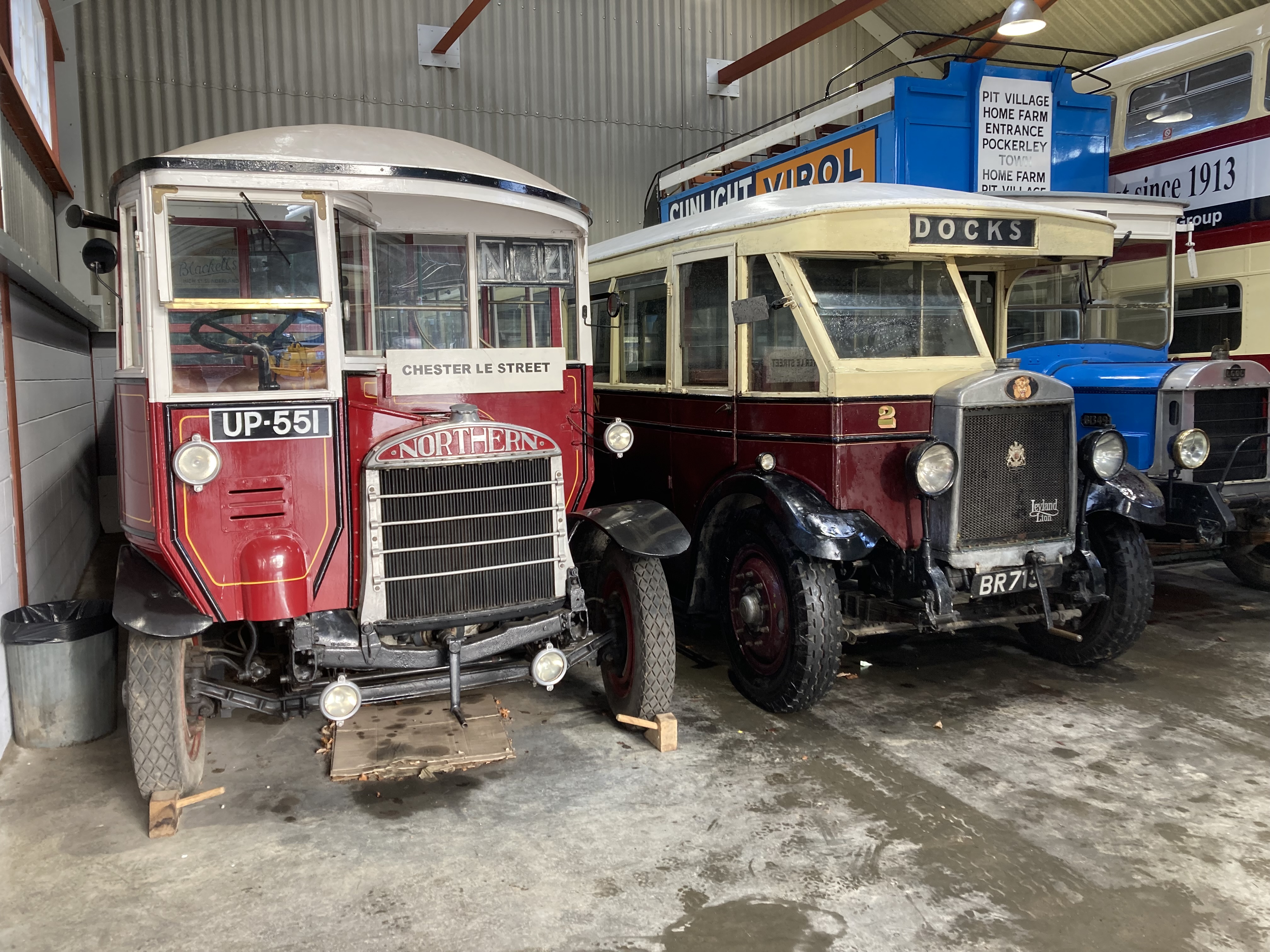





Looks the part and will fit perfectly. Whilst the bus is in one piece and a runner without a whole rebuild, please don’t over do the bringing into general service ” a wonderful hammer, one new head and two new shafts. The bus has a good patina and some muck,
Whilst safety and reliability are essential as well as its ability to survive northern weather.
Wishing you all the best with the bus.